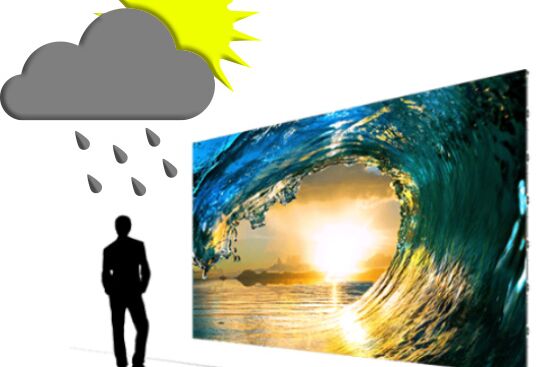Effective Strategies for Addressing Overheating Challenges in Light Emitting Diode Wall Screens
Wiki Article
LED panel screens are increasingly common for multiple applications, including promotion, functions, and electronic screens. However, excess heat is a significant challenge that can affect their functionality and longevity. When LED panels become too hot, they may decrease in brightness, color shift, or even malfunction entirely. Understanding the reasons and applying efficient strategies to manage heat can help preserve the ideal operation of LED wall panels. This article will explore several approaches to tackle overheating issues related with these units.
One effective strategy for preventing overheating in LED wall panels is ensuring adequate ventilation. It is essential to place these screens in settings where atmosphere flow is sufficient. This can be achieved by placing the panels in a well-ventilated space or utilizing blowers to enhance airflow around the units. Additionally, if the panels are mounted in a confined area, creating openings or using air ducts can help release heat more efficiently. Keeping a lower ambient temperature is crucial, as it directly affects the function and durability of LED panel panels.
Another way to combat overheating is through the use of thermal management materials. These materials can help absorb, disperse, or deflect heat away from the LED elements. Thermal sinks are commonly used in many digital units, including LED panels. These metal elements pull heat away from the LED diodes, permitting them to operate at a safer temperature. Additionally, heat-conducting compound or films can be applied to improve heat transfer between the LED elements and the heat sinks, further boosting their chilling effectiveness.

Regular maintenance and monitoring of LED panel screens also play a led video wall innovations critical part in stopping excess heat. Dirt and grime can build up on the faces of these screens, blocking ventilation and holding heat. Consistent tidying, using suitable tools, will ensure the screens free from blockages. Furthermore, tracking the heat level of the screens can help detect excess heat problems before they become critical. Using heat monitors can provide valuable data, allowing users to take corrective action if the panels begin to exceed safe operating temperatures.
The use of advanced technology can also help address overheating challenges in LED wall panels. Many modern LED panels come fitted with built-in heat control systems. These systems can instinctively modify the luminosity of the screen based on the heat level, lowering heat production when necessary. Additionally, software solutions can monitor the performance of the panels and provide alerts if overheating is detected. Incorporating these tools can considerably improve the longevity and dependability of LED panel screens.
In summary, controlling excess heat in LED wall panels is crucial for ensuring their performance and durability. Applying methods such as providing adequate airflow, utilizing heat management materials, performing routine maintenance, and utilizing advanced technology can help reduce excess heat issues. By taking these proactive steps, users can enjoy the complete advantages of LED panel screens while reducing the threat of temperature-related issues. This approach not only enhances the functionality of the screens but also adds to a more sustainable and efficient application of devices in multiple applications.